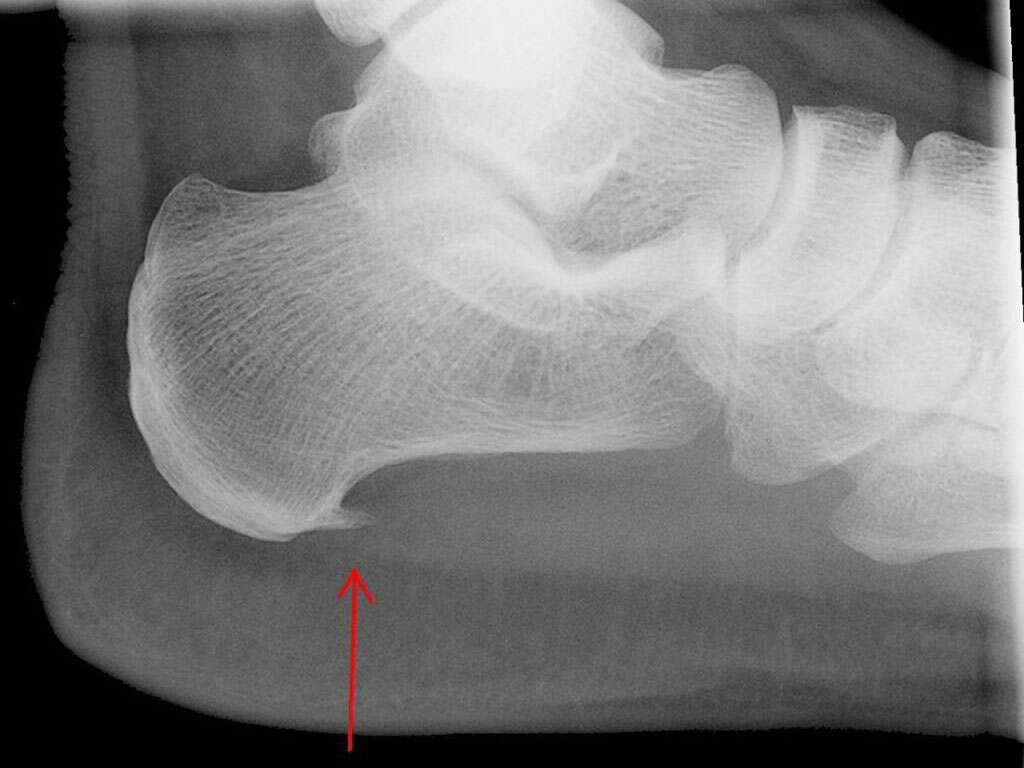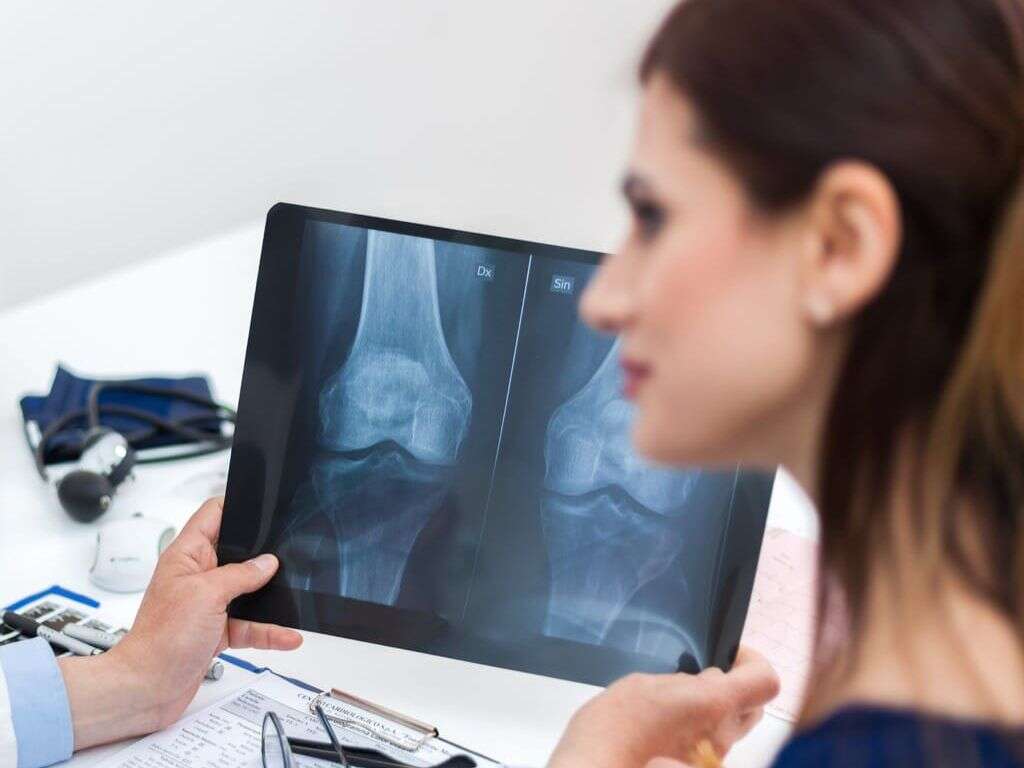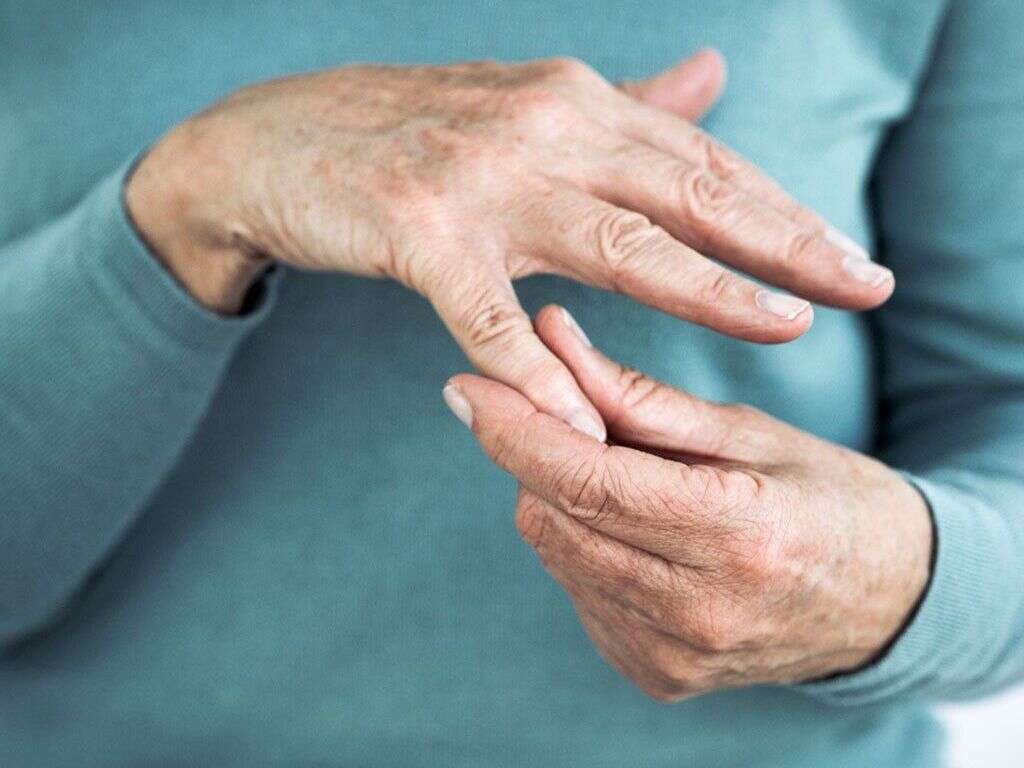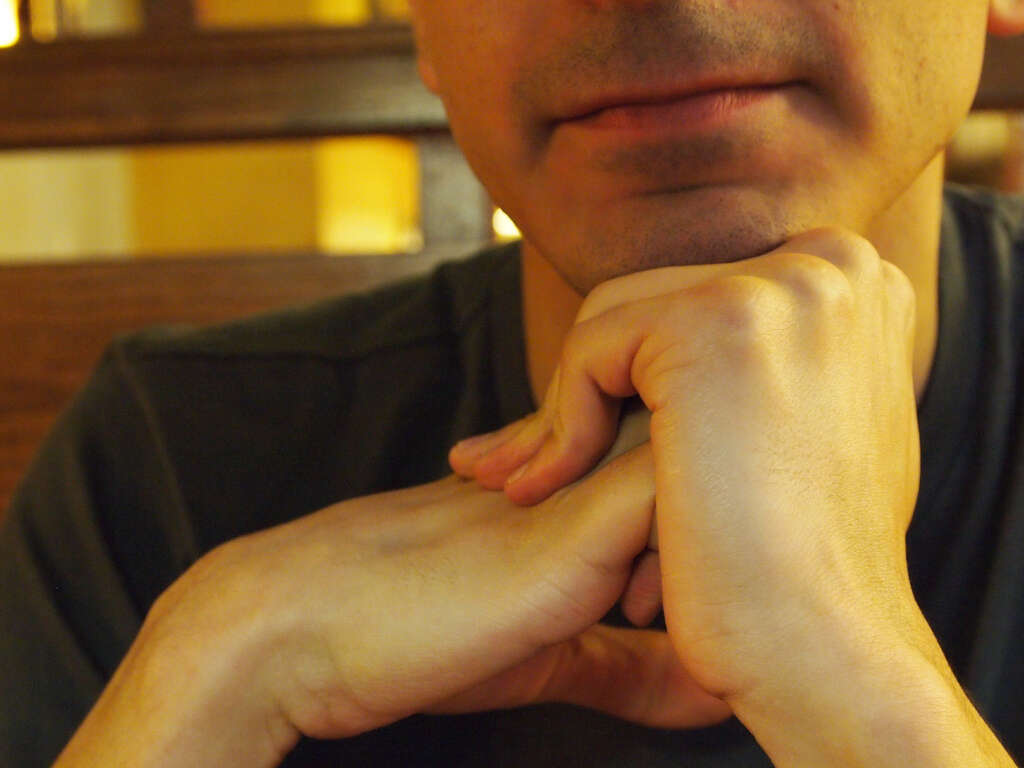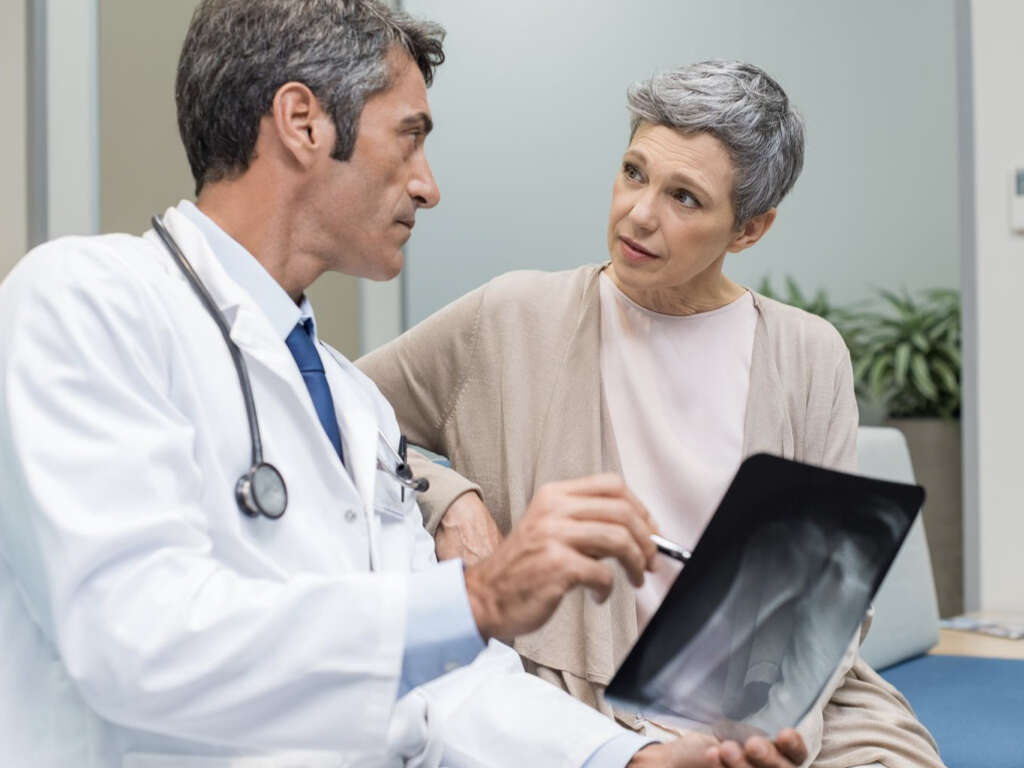10 Symptoms of Osteoporosis
Without a strong skeleton, the force of gravity would cause us to slump to the floor. The skeleton provides a framework that, along with the muscles, allows us to stand up straight and move around. It needs to be strong, though, as it needs to be able to support our weight and withstand the forces of impacts.
Osteoporosis is a disease that causes people to begin losing their bone mass. This leads to skeletons that are weaker and, therefore, increasingly prone to breaking. It can also lead to changes in posture and a range of other complications. There is no known cure, but treatments are available to help strengthen the bones and ease symptoms.
Symptom #1: Stooping
Our skeletons help to give our bodies the rigidity and support that it needs. As strong as our muscles may be, they cannot support the body alone and a weakened skeleton can lead to a wide range of complications. One such symptom is that it can become harder to stand up straight.
Children are often told to keep their backs straight to ensure they develop properly so they have the right posture as adults. Even those that have attained the right natural posture, though, can still find that they lose it with age, or with illness. One symptom of osteoporosis is that it will cause people to develop a stooping posture as it develops.
Symptom #2: Back Pain
Back pain is not uncommon, particularly among people that are getting old. It’s not surprising really, as the spine does have to support a lot of weight on a daily basis. With a lot of pressure on the spine, it is inevitable that aches and pains will arise at times. They will often pass in time, but they can also be long lasting.
If you are experiencing back pain, it could be a sign that your skeleton is not healthy. Osteoporosis will cause a general decline in the spine and in the individual vertebrae. This can also lead to fractures, which can lead to considerable pain and loss of mobility.
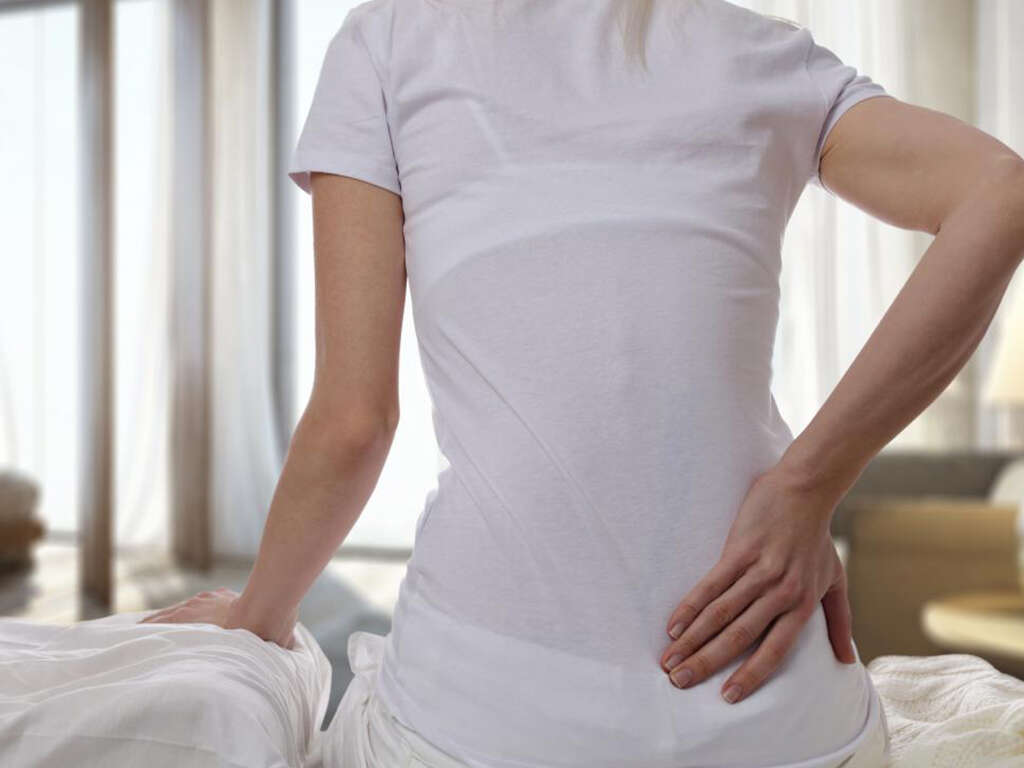
Symptom #3: Easy Fractures
Our bones are made of tough stuff. Composed mainly from calcium, they are able to withstand considerable forces as well as resisting daily wear and tear. They are not invincible, though, and they can be broken if enough force is applied. They can also become easier to break if the skeleton is not in full health.
People with osteoporosis are more likely to experience fractures than other people. The bones are simply not as strong as they used to be, meaning it will take less force than usual to break them. This means that people with the condition need to be particularly careful to avoid injury.
Symptom #4: Slow Healing Fractures
Even the healthiest of skeletons can acquire fractures. All it takes is sufficient force in the wrong spot and physics takes care of the rest. Medical assistance is often required to help ensure that the bone is reset into its natural position. It is then up to the body to get on with the work with repairing the break.
Bone fractures are never a good thing, and they are notoriously painful, but at least the patient will know they can recover. People with osteoporosis, however, are likely to find that their fractures will take a longer time to heal than people without the condition.
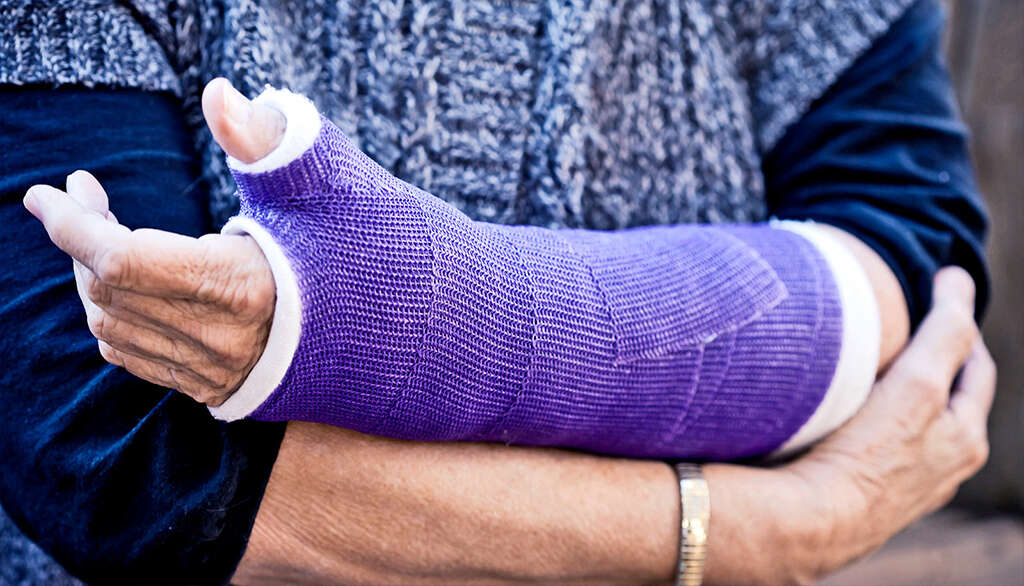
Symptom #5: Loss of Grip
Being able to grip on tightly to objects has been essential for our evolution. It allows us to manipulate objects around us in impressive ways. When combined with the dexterity our joints provide, it allows us to perform complex tasks that few other animals can achieve. Patients with osteoporosis, though, can find that the strength of their grip begins to weaken.
The density of minerals in our bones plays an important factor in the strength of our grip. Osteoporosis can cause a weakening grip regardless of the strength of their muscles. Strong muscles can still help, though, and patients will often undergo therapy to try and help keep their muscles as strong as possible.
Symptom #6: Receding Gums
In addition to those bones that help support us and give us strength are those that help us with other tasks, such as eating. Our jaw bones are also made of strong stuff, and they need to be, as chewing can be tough work at times. Our jaws also house our teeth and they will also undergo a lot of pressure.
The jaw bone is just as prone to suffering from osteoporosis as the rest of the skeleton; as the jaw bones wither away, the gums recede and the teeth can become increasingly exposed. This can lead to various dental problems and eating can become difficult for the patient.
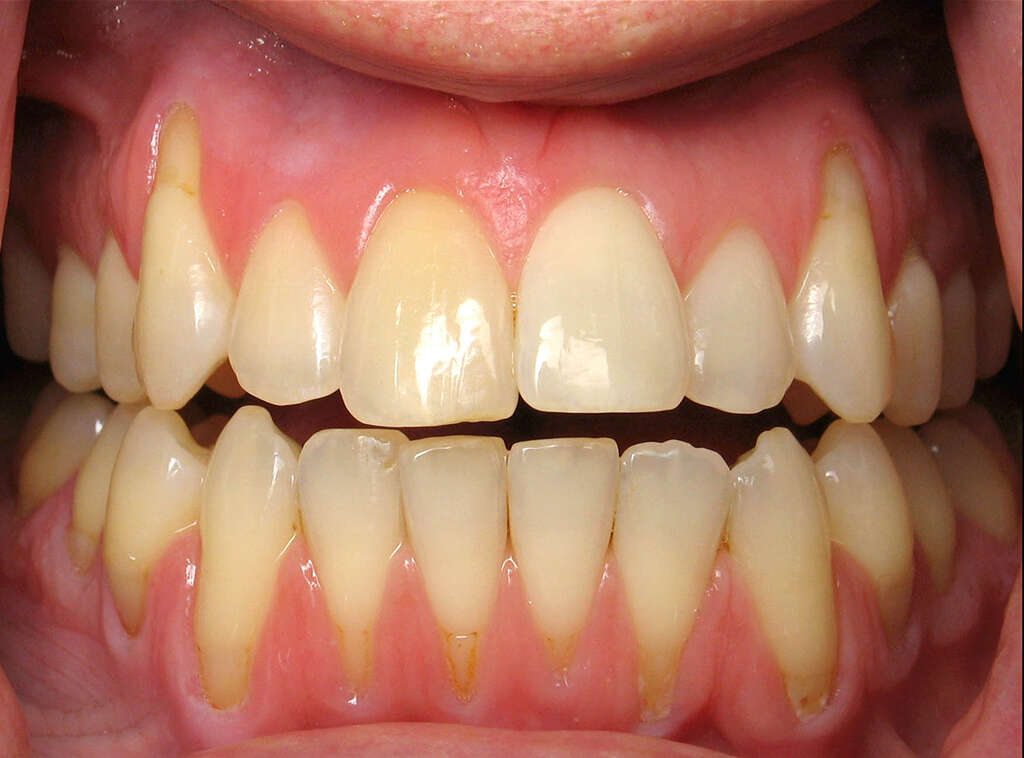
Symptom #7: Loss of Height
How tall we grow depends largely on our genetics. Other factors such as nutrition and illnesses can also play a part, though. Indeed, one of the reasons we are encouraged to give milk to children is to give them the calcium that their bones need to grow. Regardless of how tall we might grow in adulthood, there is a chance we can get shorter with old age.
Losing height is not uncommon in elderly people and can be caused by a general weakening physically. Osteoporosis is one common cause of loss of height and the effects can be quite dramatic in severe cases.
Symptom #8: Fitness Decline
Most of us are able to keep in reasonably good shape. Even those of us that don’t exercise regularly will still find themselves walking occasionally or exerting themselves in other ways. Eating a reasonably healthy diet is another way of helping to maintain reasonable levels of fitness.
People with osteoporosis are quite likely to experience a decline in their overall fitness levels. This can lead to a drop in overall health and this can make existing problems worse. People with osteoporosis, including the elderly, are encouraged to be as active as they can to try and keep their fitness levels up.
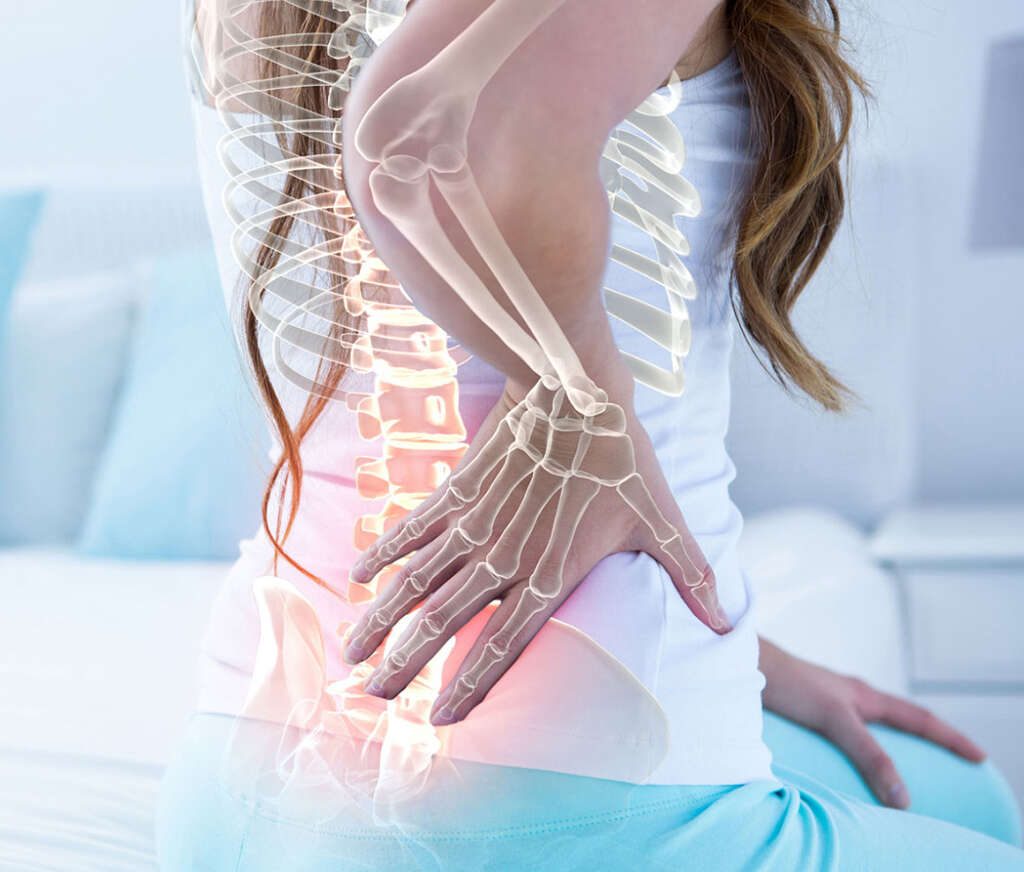
Symptom #9: Declining Nail Health
The jury is still out on just what our nails are for. Some people think they offer us some level of protection, while others think that they are the remnants of claws. Regardless, the health of your nails can tell you quite a lot about your overall health. Their health can deteriorate through not looking after them, while declining nail health can also be caused by osteoporosis.
Studies have shown a clear correlation between declining nail health and osteoporosis. It has also been observed that patients that go on a program to improve the health of their bones will experience visibly healthier nails.
Symptom #10: Muscle Aches
Our bones and muscles work very closely together in helping us to move around on a daily basis. The skeleton provides the framework, while the muscles provide the strength that helps to move the framework. If one is to fall into ill health, then the other can suffer as a result.
If you develop osteoporosis, then you are likely to develop problems with your posture and other similar complications. This can put a lot of pressure on the muscles that are not used to working with the new positioning of the skeleton. This can lead to aches and pains of the muscles.



